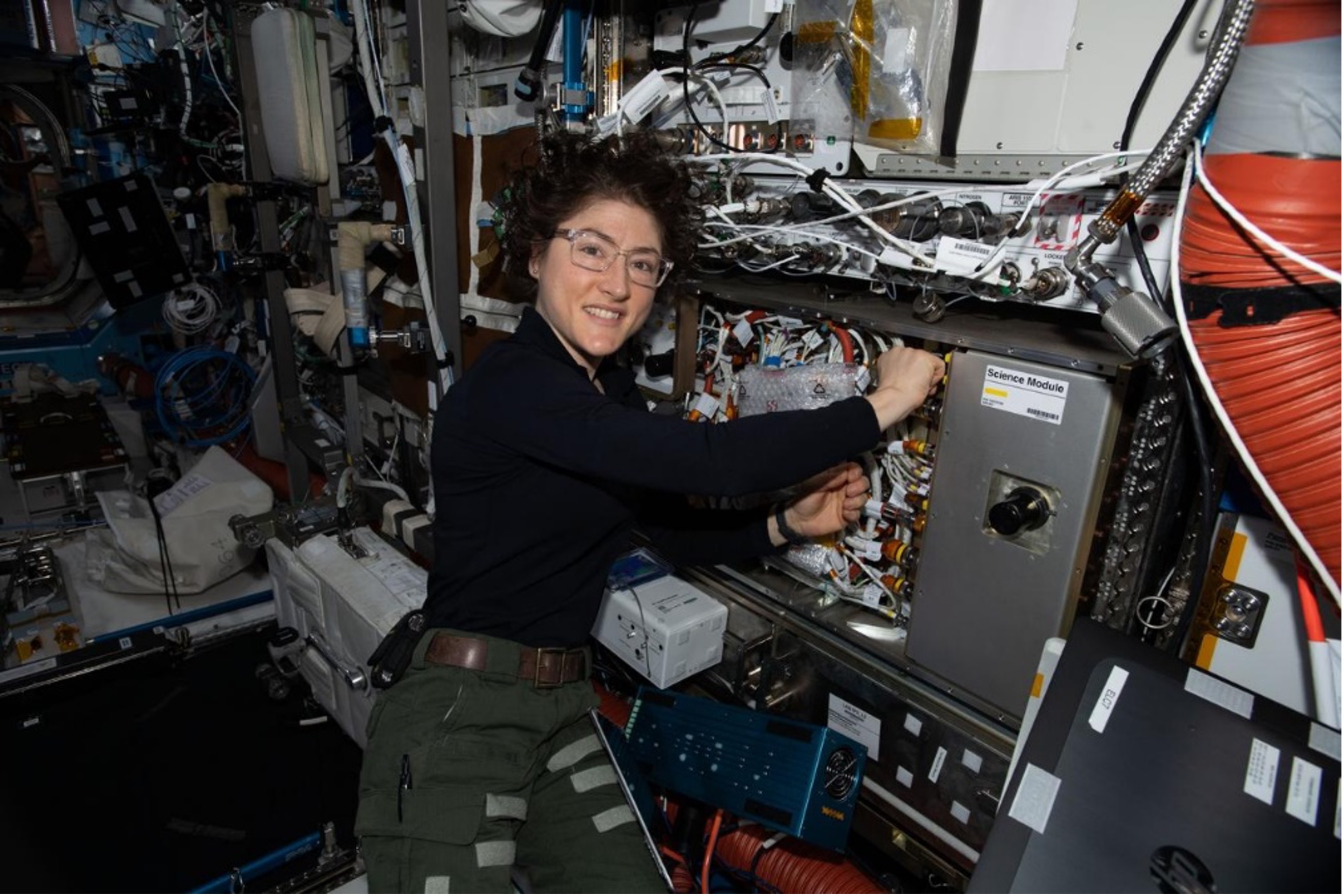The Fifth State of Matter

A matter of matters
Three states of matter are commonly found on Earth: solid, liquid, and gas. These states take on forms that are easily observable, whether it’s a coffee mug, the coffee inside it, or the steam rising from it. And you may also know the fourth state of matter: plasma, which is found in sources like lightning, neon bulbs, and stars, including the Sun.
In 1995, researchers made the ground-breaking discovery that there is a fifth state of matter: Bose-Einstein Condensates (BECs). Essentially, BECs are formed when particles are cooled to near absolute zero, causing them to coalesce into a single quantum object that acts as a wave in a relatively large packet.
Although difficult to even create on Earth, BECs are now formed in space to enable scientists to study the nature of matter at the smallest (quantum) scale and make important technological advancements. BECs enable scientists to manipulate a quantum system on a macroscopic scale, enabling a variety of experiments not possible on the microscopic scale.
By studying how identical BECs behave together as a wave — rendering them visible to ultra-sensitive cameras — scientists are able to gain valuable information about single atoms and subatomic particles where the wave-nature isn’t directly observable.
BEC research can lead to more precise sensors, fundamental insights into nature and our universe, and offers the potential for developing and studying new materials, among many other uses.
In fact, quantum research has contributed to technologies that touch our everyday lives — things like lasers, cell phones, computers, GPS navigation systems, and MRI scanners for medical imaging. Over a century ago, when scientists first theorized the fifth state of matter, these inventions were the fodder of science fiction. Similarly, continuing to push the boundaries of quantum discovery could contribute to future advancements beyond our wildest imaginations.
A (brief) history of the fifth state of matter
Bose-Einstein Condensates are named after physicists Satyendra Nath Bose and Albert Einstein, who predicted the condensates in the 1920s.
In 1995, physicists Eric Cornell at the National Institute of Standards & Technology and Carl Wieman at the University of Colorado at Boulder created the first BEC in a gas of rubidium atoms, and shortly thereafter, Wolfgang Ketterle at MIT produced a BEC in a gas of sodium atoms. Collectively, this is considered the official discovery of the fifth state of matter.
Quantum and the Cold Atom Lab
Today, scientists with NASA’s Biological and Physical Sciences Division (BPS) conduct quantum science out of NASA’s Jet Propulsion Laboratory in Pasadena, California. These researchers use the space environment to explore the strange world of quantum mechanics in ways not possible on Earth and, since 2018, have been producing BECs almost daily in space using the Cold Atom Laboratory (CAL) aboard the International Space Station.
In CAL, atoms are cooled to within a fraction of a degree above absolute zero. These cold atoms move slowly and are therefore easier to study than here on Earth. Also, in the microgravity environment of space, BECs can float, which extends our observation time of them.
Quantum research enables us to learn more about the fundamental nature of matter, which can provide a greater understanding of how the universe works at the smallest scale. This knowledge could provide a new foundation for future generations of scientists and engineers to innovate from, advance space exploration, and benefit life on Earth.
Related Information:
